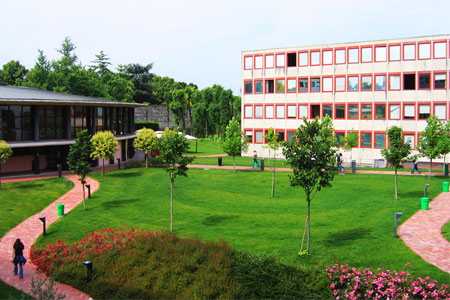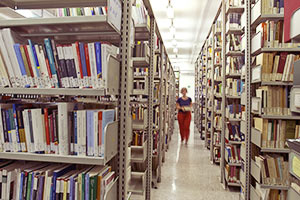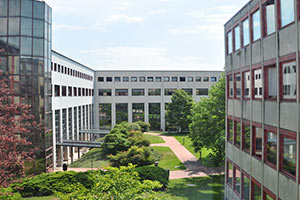To show the organization of the course that includes this module, follow this link  Course organization
Course organization
Learning outcomes
The course will analyze the book as a product of conveying ideas from the second half of the 14th century up to the present days. Techniques for building books have continually evolved, crossing with political, economic, and ultimately cultural interests. The book will be presented as an artefact, but also as a social object that over the span of decades has undergone into format and content transformations, shaping new ideas and influencing the intellectual renewal of Europe for which the publishing world still plays an essential role.
During the course will be analyzed the electronic and digital book and their definitions. Technology is allowing a different perception and use of texts and the major changes connected will be considered. In this context will be explained the new professional figures, the new roles in publishing and the substantial changes in book distribution.
Bibliografy:
Fréderic Barbier, Storia del libro in Occidente, Bari, Dedalo, 2018, pp. 443-472.
Alberto Cadioli, Giuliano Vigini, Storia dell'editoria italiana dall'unità ad oggi, Milano, La Bibliografica, 2018, Parte III
D. Baroni, Un oggetto chiamato libro, Milano, Longanesi, 2017, pp. 207-219
The exam will be in written form and it will consist of 14 multiple-choice questions and of one open-ended question: the latter will be taken into consideration only if at least 9 of the multiple-choice questions will be answered correctly. The mark assigned to each correct multiple-choice answer will be two points. The open-ended answer might improve the overall mark.








